Scoring a retweet from a celebrity and getting your message seen by thousands of followers is often the holy grail for brands on social media. On this measure, the dairy coalition can give themselves a pat on the back for their digital campaigning during last month’s milk price protest.
The NFU in particular pushed the #sosdairy Twitter hashtag as a way for users of the social network to show support for farmers. This generated more than 55,000 #sosdairy tweets during July, including from the likes of Dermot O’Leary, Nick Hewer and Zoe Ball. Asda, Morrisons and Co-operative Food bore the brunt of negative sentiment.
However, in terms of using social media as a campaigning tool, Twitter is just one part of the equation - and its use too needs honing. With talk of the coalition’s campaign moving to phase two, there are some online basics that protagonists in this battle may want to consider.
” Online campaigns need to be driven by appealing and engaging content”
While individual members of the dairy coalition have created pages about the campaign, there is not a main consumer-facing website. Free and easy-to-use tools like Wordpress can give you a professional website in hours. People interested in the campaign, including media wanting to write about it, will start their search on Google, so having all the relevant information in one place will help. It might also be an idea to set aside some budget for a Google AdWords campaign.
Online campaigning needs to be driven by content that is appealing, engaging and easy to share. Downloadable PDF reports don’t fit this bill. Infographics that can be easily embedded on blogs and linked to Twitter do. Again, there is no need to hire an expensive designer. There were some great hand-drawn placards carried by some protestors with milk bottles divided up by who gets what. Clear photos of these would perfectly educate the public.
To give the campaign more focus, creating a dedicated Twitter feed would help, particularly for the general public who are interested in supporting the campaign and being kept informed, but wouldn’t necessarily want to follow a general Twitter feed discussing other industry issues.
Social media is changing the face of campaigns and the old model of relying solely on trying to win the argument through traditional media coverage is no longer enough. Modern campaigning is also about a two-way process, where social media necessitates the need to listen to and communicate with supporters directly.







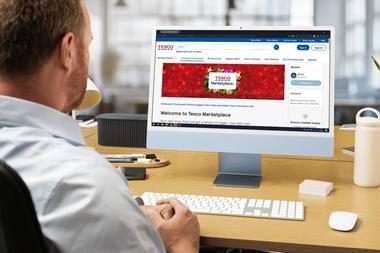


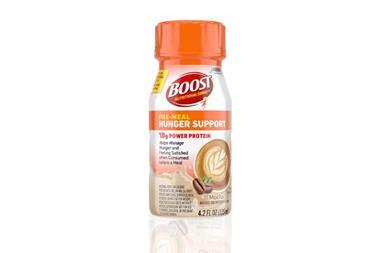
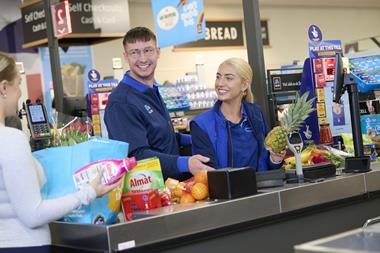



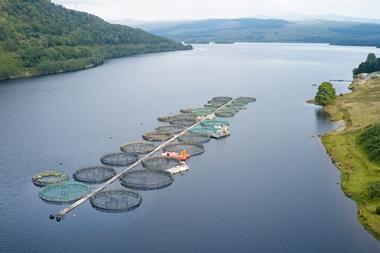
![ASDA_LUX_XMAS_MINCE_PIES_VIS_01[61][86]](https://dmrqkbkq8el9i.cloudfront.net/Pictures/380x253/0/1/0/345010_asda_lux_xmas_mince_pies_vis_016186_413913.jpg)
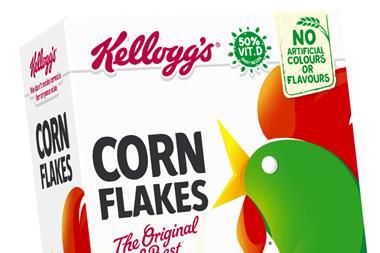

No comments yet